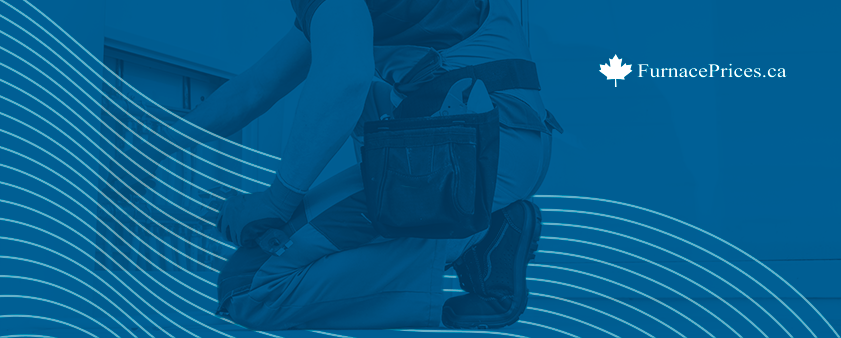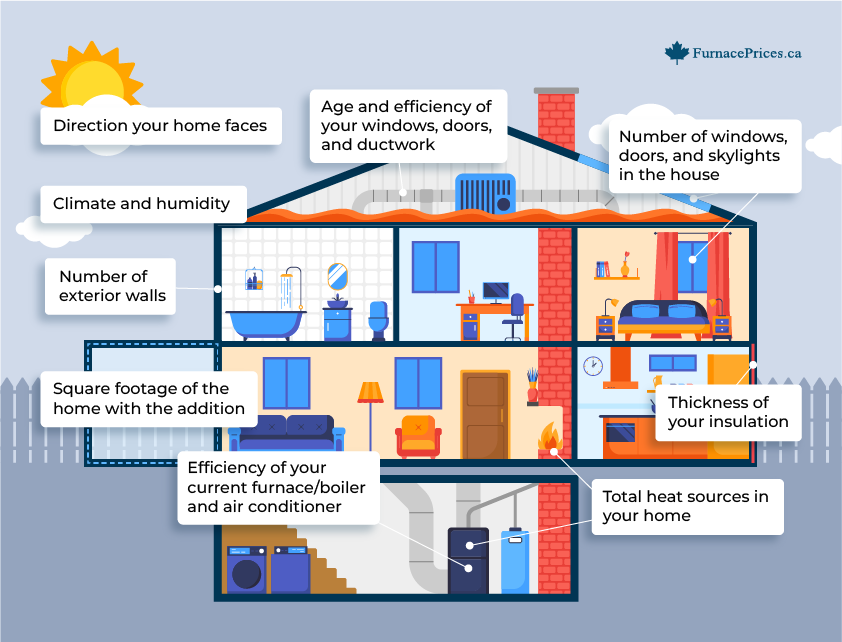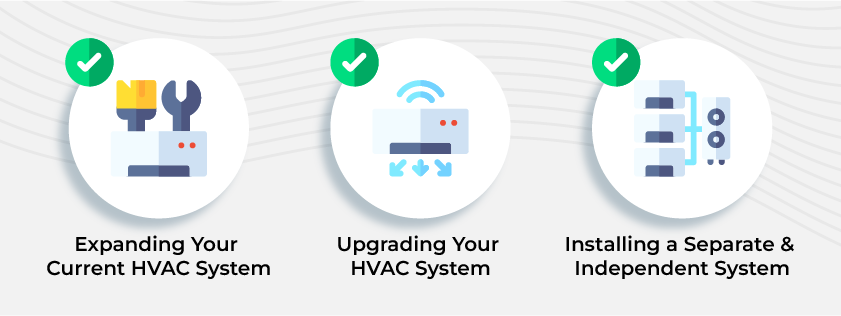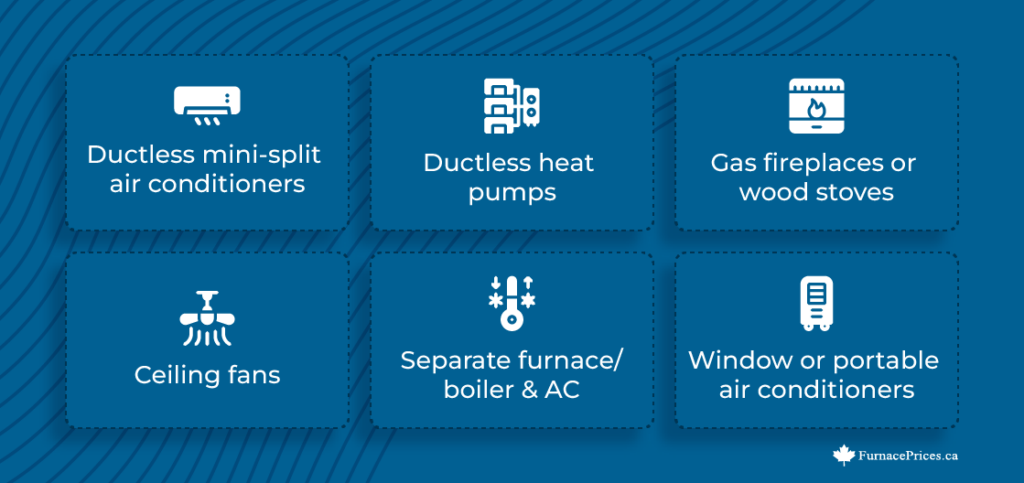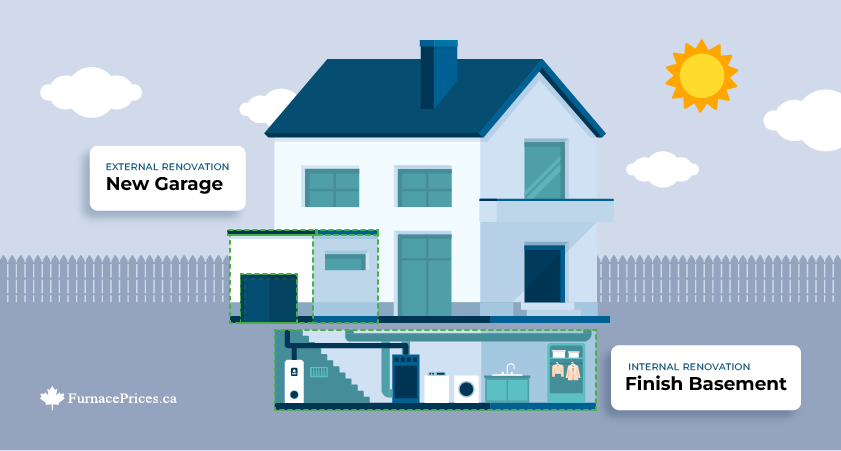Buying a new furnace or air conditioner is a big investment, so to budget properly, it’s important to understand all the factors that could impact the final cost.
For the units themselves, these include things like the brand, efficiency, and size of the furnace or air conditioner.
Beyond that, however, there are also a number of potential fees associated with installation. You might not be familiar with these, and they could drastically increase the final cost of your new heating or cooling system.
To give you a better idea of what your upgraded furnace or air conditioner might cost, today we’ll tell you about all the unexpected fees that could arise during installation.
General Factors that Could Increase the Cost of Your Furnace or Air Conditioner
🔒 To access this article, create a FREE FurnacePrices.ca account:
Sign Up in Seconds & See All the Benefits Here >>
